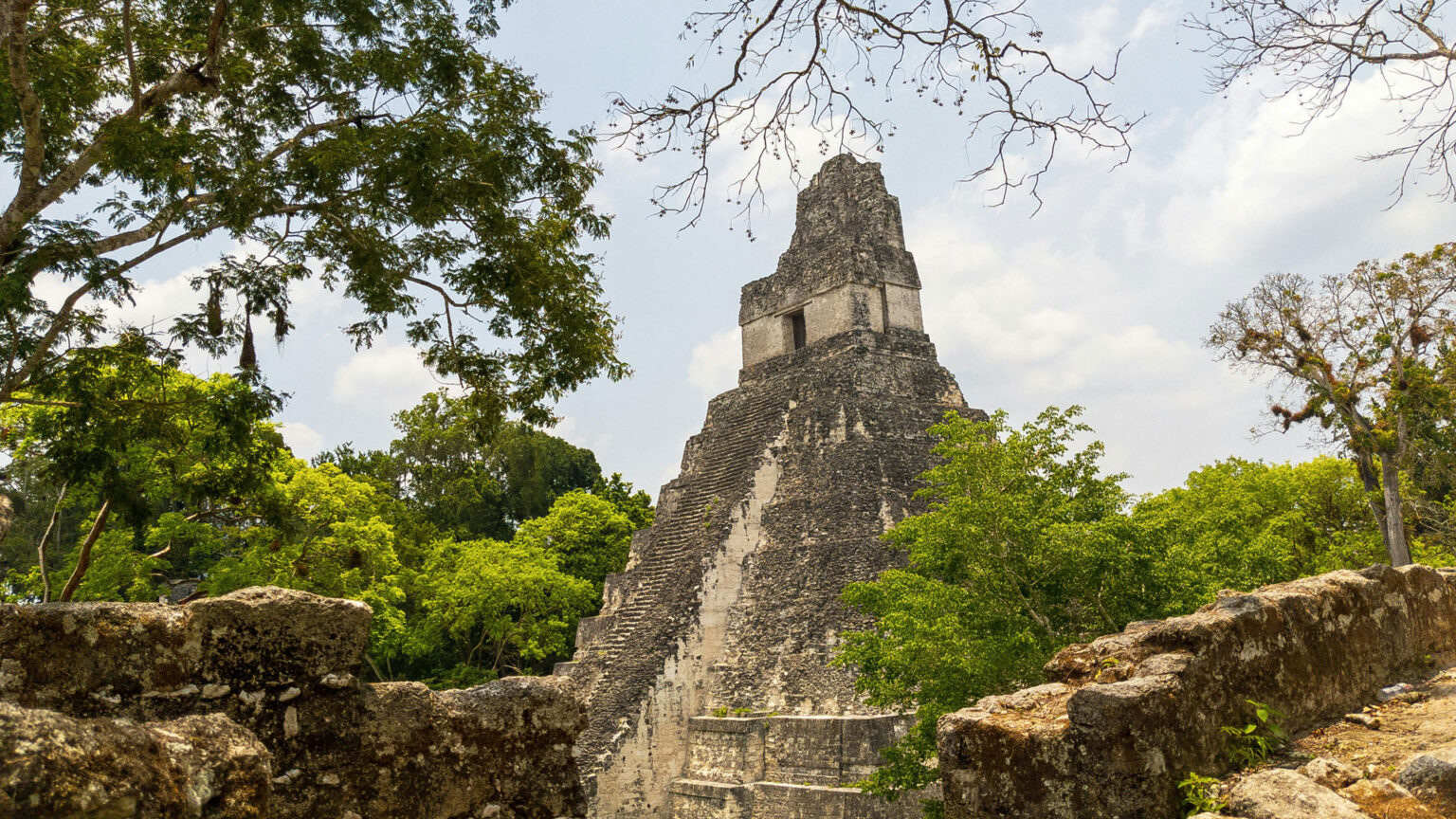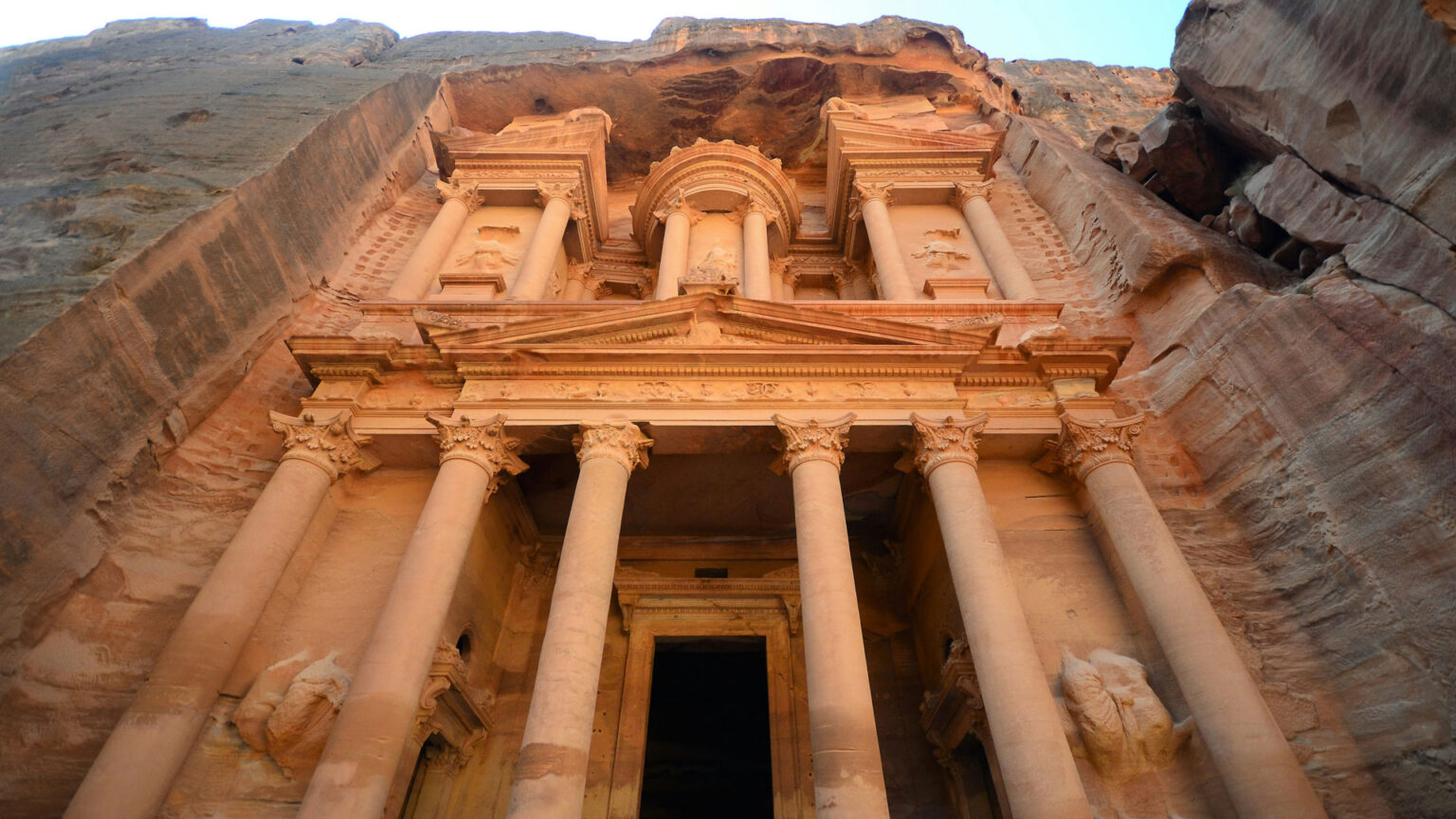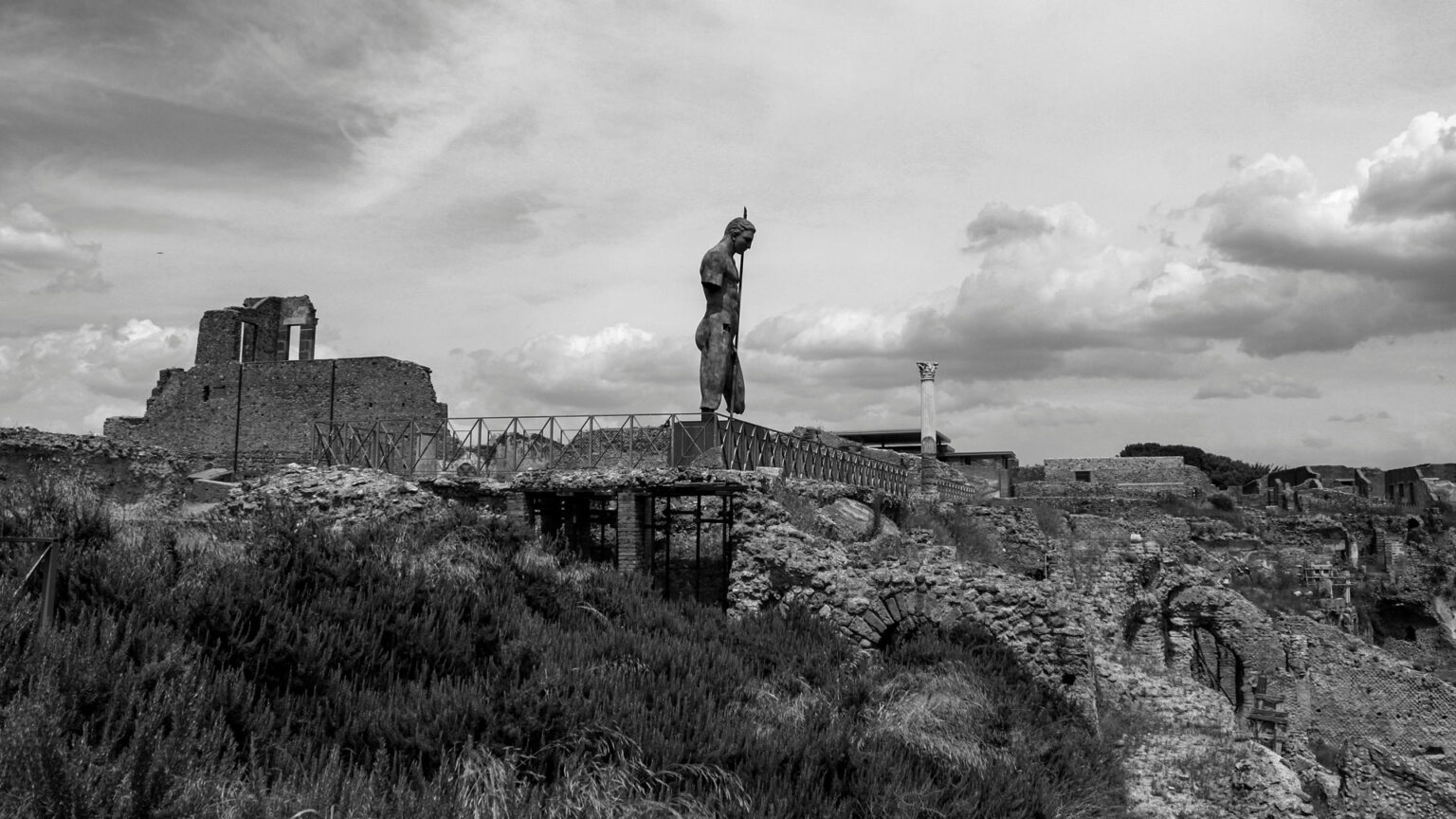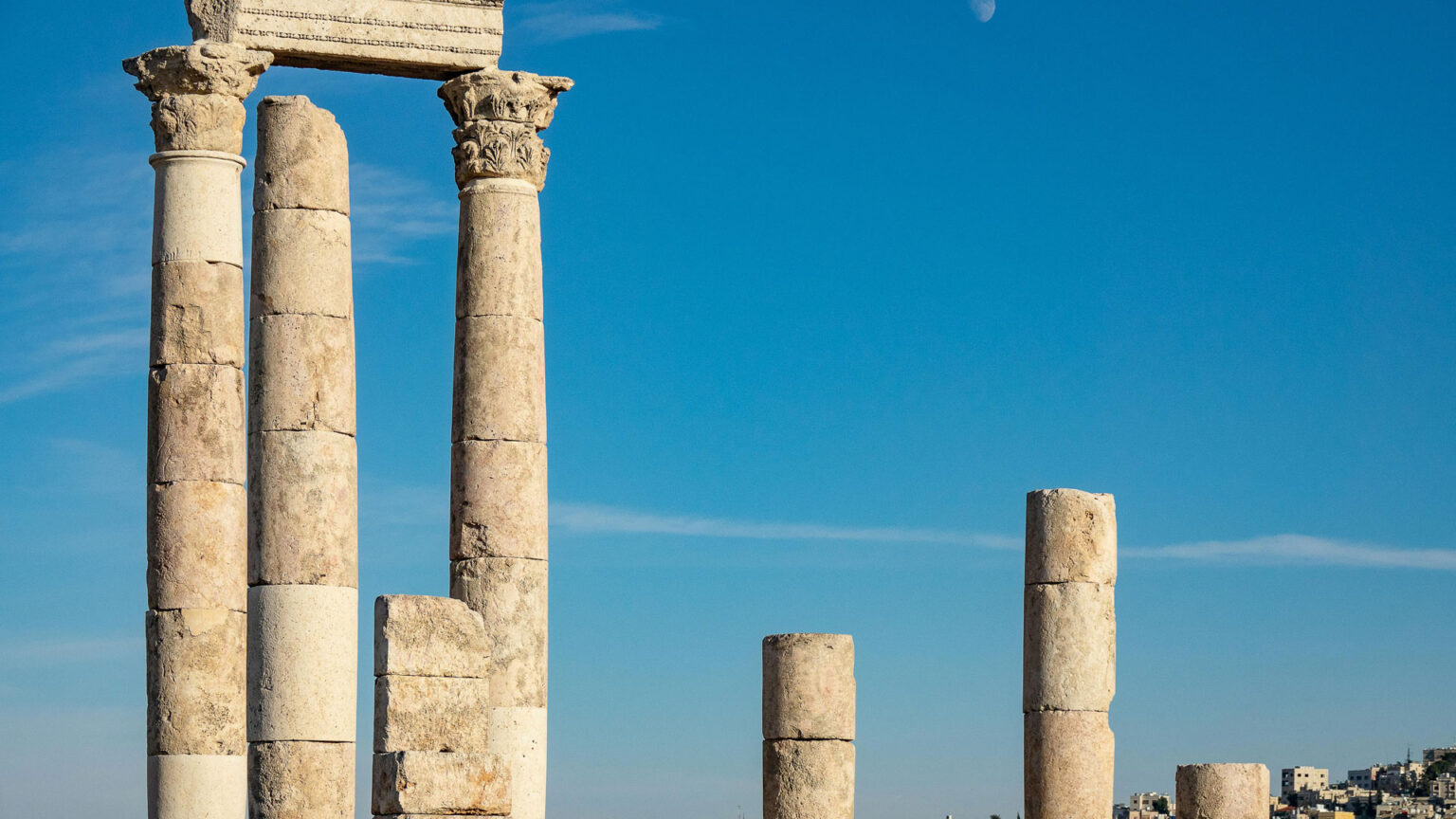Deep in the arid desert of southern Peru lies one of the world’s most enigmatic and fascinating cultural heritage sites: the Nazca Lines. These massive geoglyphs have captivated people for decades, sparking intense debate and speculation about their purpose and meaning.
Brief Overview of the Nazca Lines
The Nazca Lines are a series of mysterious geoglyphs created by the Nazca culture between 200 BCE and 600 CE. These large-scale designs depict various animals, plants, and geometric shapes with remarkable precision and complexity. Stretching over 200 feet in length, the geoglyphs remain remarkably well-preserved, a testament to the ingenuity and skill of their creators.
Mention the mystery and intrigue surrounding the geoglyphs
The Nazca Lines are shrouded in mystery, with unclear purposes and meanings that have sparked intense debate and speculation. Despite extensive research and investigation, the reasons behind their construction remain unknown, leading to numerous theories and interpretations. Some believe the geoglyphs held spiritual or ceremonial significance, while others propose they served as astronomical markers or even extraterrestrial messages. The air of enigma surrounding the Nazca Lines has captivated people for decades, inspiring a fascination that shows no signs of abating.
History of the Nazca Lines
A. Discovery and excavation
The Nazca Lines were first discovered in the 1920s by Peruvian archaeologist Toribio Mejía Xesspe, who stumbled upon the geoglyphs while searching for ancient artifacts. However, it wasn’t until the 1940s that the site gained international attention, with the arrival of American archaeologist Paul Kosok. Kosok’s excavations and research helped to shed light on the purpose and meaning of the geoglyphs, and sparked a wave of interest in the site. Since then, numerous excavations and research projects have been conducted, uncovering new insights into the history and significance of the Nazca Lines.
B. Dating and timeline
The Nazca Lines are believed to have been created between 200 BCE and 600 CE, during the Nazca culture’s peak. The geoglyphs were likely created in stages, with different designs and symbols being added over time. The exact timeline is still debated among scholars, but most agree that the majority of the geoglyphs were created during the Early Nazca period (200 BCE – 100 CE). This period was marked by significant cultural and artistic achievements, and the Nazca Lines are considered one of the most impressive examples of Nazca artistry and ingenuity.
C. Nazca culture and civilization
The Nazca culture was a complex and sophisticated civilization that flourished in the region from 200 BCE to 600 CE. They are known for their impressive textiles, ceramics, and metalwork, as well as their advanced knowledge of irrigation and agriculture. The Nazca people were also skilled astronomers, and their geoglyphs often depict celestial bodies and astronomical events. Their culture was likely heavily influenced by their religious beliefs, which emphasized the importance of fertility, water, and the sun. Despite their achievements, the Nazca culture declined around 600 CE, and the reasons for their decline remain unclear.
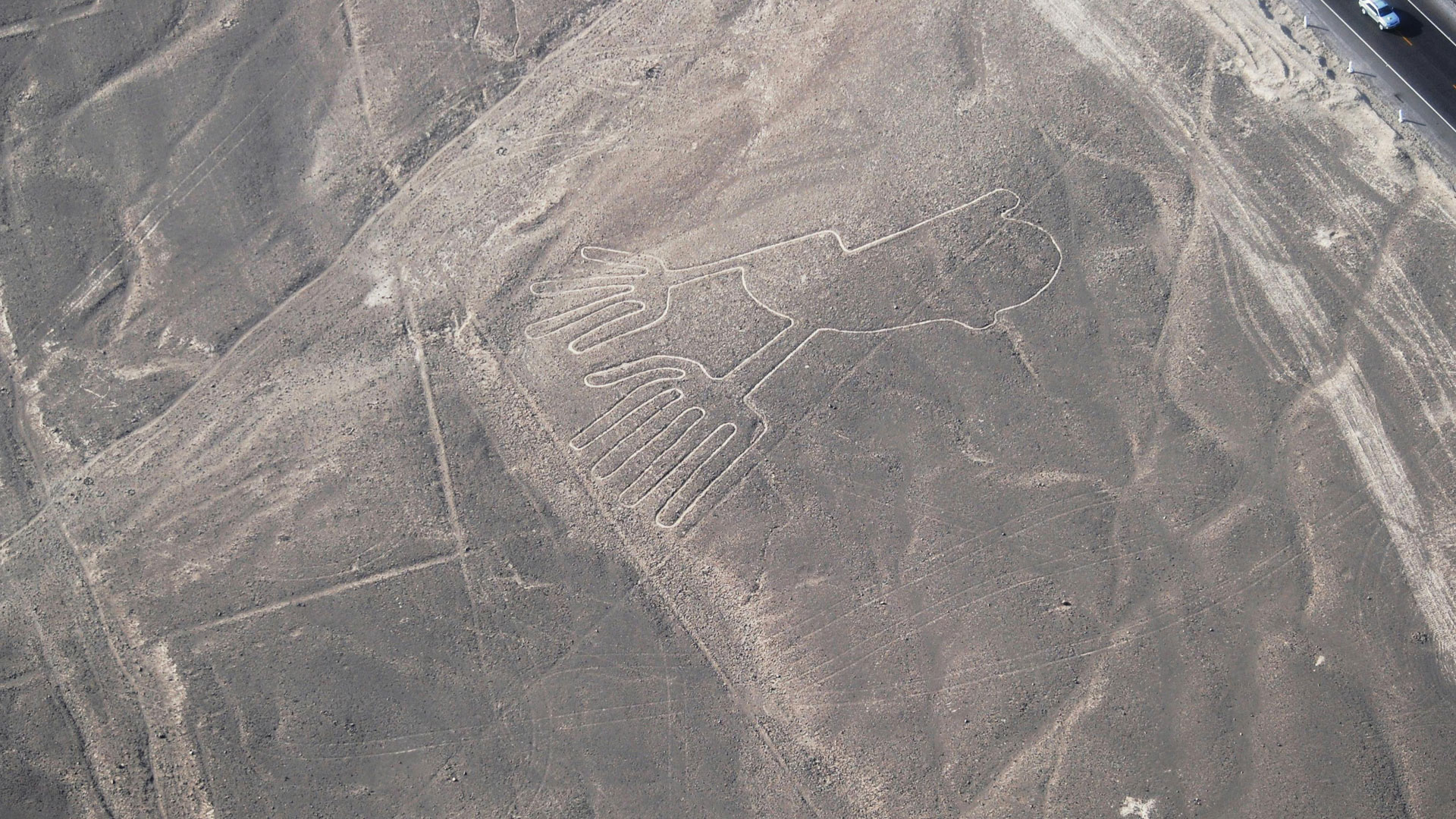
The Geoglyphs: Designs and Symbols
A. Types of designs
The Nazca Lines feature a wide range of designs, including animals, plants, geometric shapes, and abstract symbols. The animal designs depict various creatures such as birds, monkeys, fish, and snakes, often with intricate details and precision. Plant designs include flowers, trees, and other vegetation, while geometric shapes range from simple lines and circles to complex spirals and zigzags. Abstract symbols, such as spirals and zigzags, are also prevalent, and their meanings remain unclear.
B. Symbolism and interpretations
The symbolism and interpretations of the Nazca Lines’ designs are numerous and varied. Some believe the animal designs represent spiritual or ceremonial significance, while others propose they served as astronomical markers or even extraterrestrial messages. The plant designs may symbolize fertility or abundance, while geometric shapes could represent cosmic or spiritual concepts. Abstract symbols are often seen as representations of energy, movement, or transformation. Despite extensive research, the true meanings of the designs remain unclear, leaving room for ongoing interpretation and debate.
C. Techniques used to create the geoglyphs
The Nazca people used a variety of techniques to create the geoglyphs, including removal of topsoil and rock to expose the underlying white sand, and creation of lines and shapes using stones and gravel. The designs were likely created in stages, with different sections added over time. The precision and scale of the geoglyphs suggest a high degree of planning and organization, and their construction required significant labor and resources. Despite the challenges, the Nazca people were able to create intricate and complex designs that have endured for centuries.
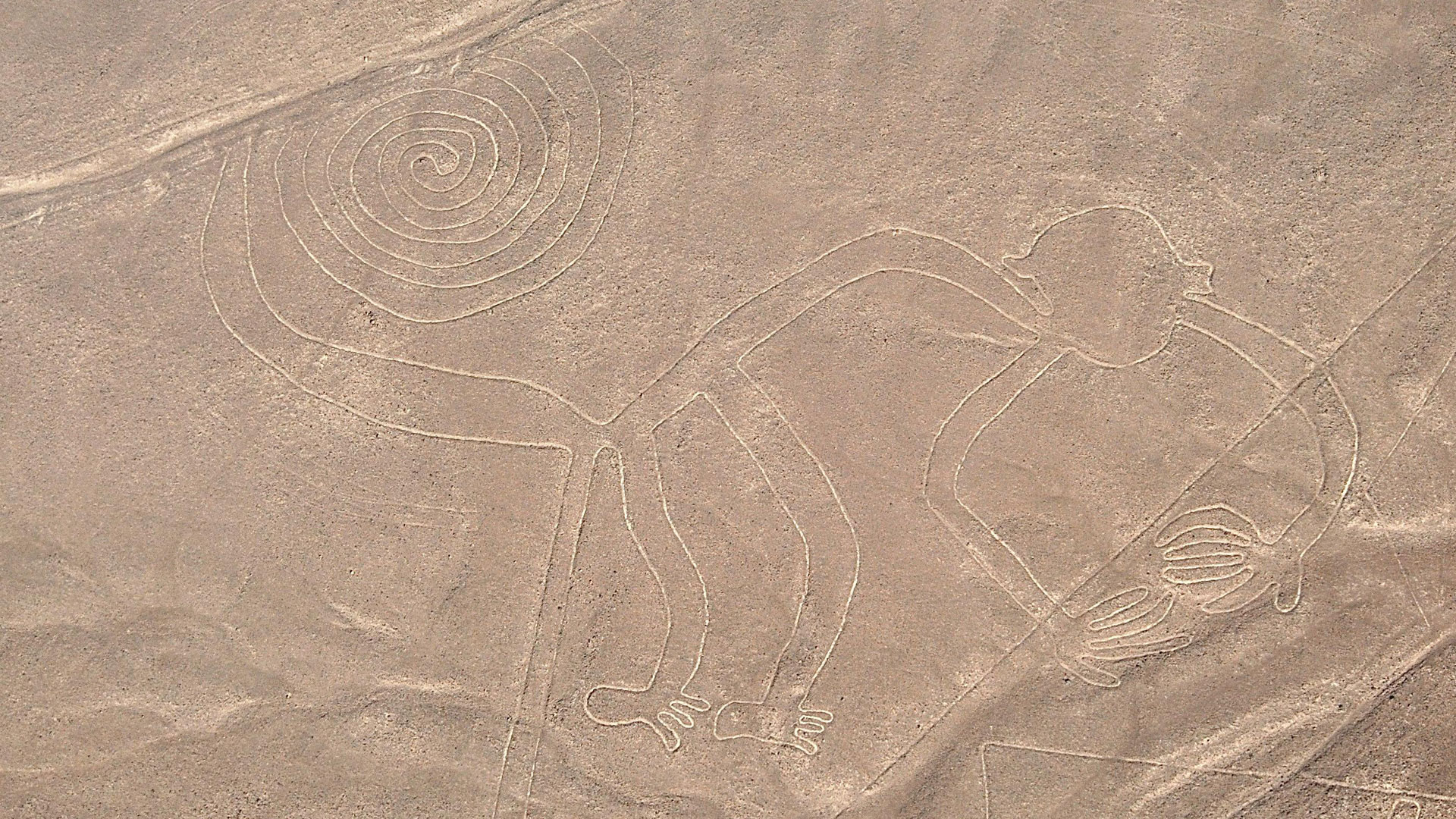
Theories and Mysteries
A. Purpose and meaning of the geoglyphs
The purpose and meaning of the Nazca Lines remain unclear, sparking numerous theories and debates among experts. Some believe they served as spiritual or ceremonial centers, while others propose they were used for astronomical observations or even extraterrestrial communication. Despite extensive research, the true purpose and meaning of the Nazca Lines remain a mystery, leaving room for ongoing interpretation and speculation.
B. Theories
Various theories have emerged to explain the Nazca Lines, including:
- Astronomical alignments: Some believe the geoglyphs align with celestial bodies and events.
- Spiritual or ceremonial significance: Others propose the geoglyphs held spiritual or ceremonial importance.
- Water sources: Some theorize the geoglyphs marked water sources or irrigation channels.
- Extraterrestrial messages: A few believe the geoglyphs contain messages from extraterrestrial beings.
Each theory offers a unique perspective, but none have been proven conclusively.
C. Unsolved mysteries and debates
Several unsolved mysteries and debates surround the Nazca Lines, including:
- The exact methods used to create the geoglyphs.
- The meaning and purpose of the abstract symbols.
- The significance of the animal and plant designs.
- The reason for the decline of the Nazca culture.
- The potential connections to other ancient cultures.
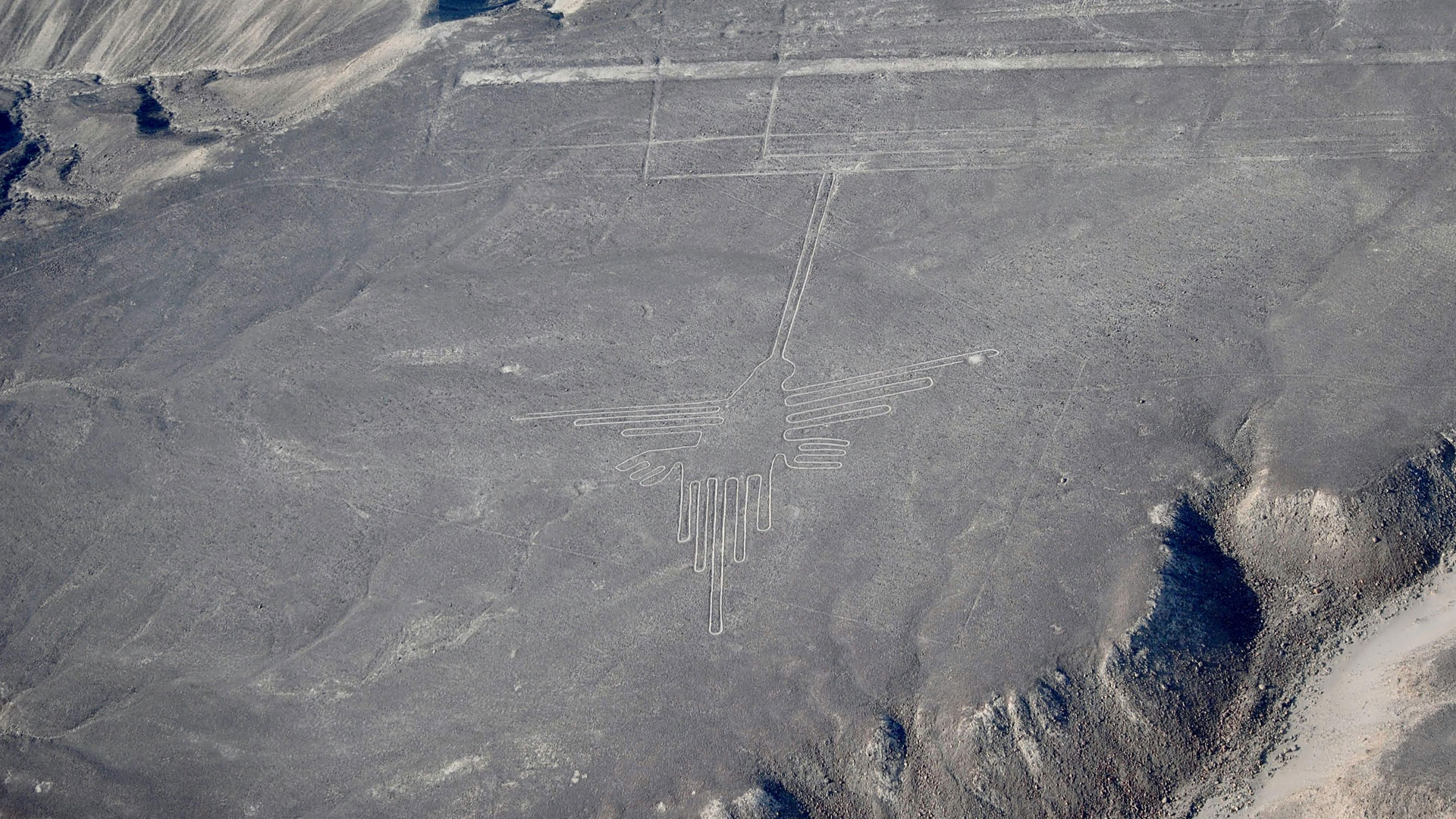
Contents
Brief Overview of the Nazca LinesMention the mystery and intrigue surrounding the geoglyphsHistory of the Nazca LinesA. Discovery and excavationB. Dating and timelineC. Nazca culture and civilizationThe Geoglyphs: Designs and SymbolsA. Types of designsB. Symbolism and interpretationsC. Techniques used to create the geoglyphsTheories and MysteriesA. Purpose and meaning of the geoglyphsB. TheoriesC. Unsolved mysteries and debatesConservation and TourismA. Efforts to preserve the siteB. Tourism impact and managementC. Challenges and future directionsConclusionSome final thoughts:
Conservation and Tourism
A. Efforts to preserve the site
The Nazca Lines face ongoing challenges, including climate change, human impact, and funding constraints. To address these challenges, it is essential to balance tourism with responsible conservation practices, ensuring the long-term preservation and protection of this incredible archaeological site.
- Restricting access to the geoglyphs
- Creating a buffer zone to protect the surrounding landscape
- Implementing sustainable tourism practices
- Conducting regular monitoring and maintenance
B. Tourism impact and management
Tourism has both positive and negative impacts on the Nazca Lines. On the one hand, tourism generates revenue and promotes cultural awareness. On the other hand, it can lead to erosion, litter, and disruption of the site’s fragile environment. To mitigate these effects, tourism management strategies have been implemented, including:
- Limiting visitor numbers
- Guided tours
- Education and awareness programs
- Sustainable tourism certification
C. Challenges and future directions
Despite conservation efforts, the Nazca Lines face ongoing challenges, including:
- Climate change
- Human impact
- Funding constraints
- Balancing tourism and preservation
To address these challenges, future directions may include:
- Increased international cooperation
- Community engagement and participation
- Innovative conservation technologies
- Sustainable tourism practices
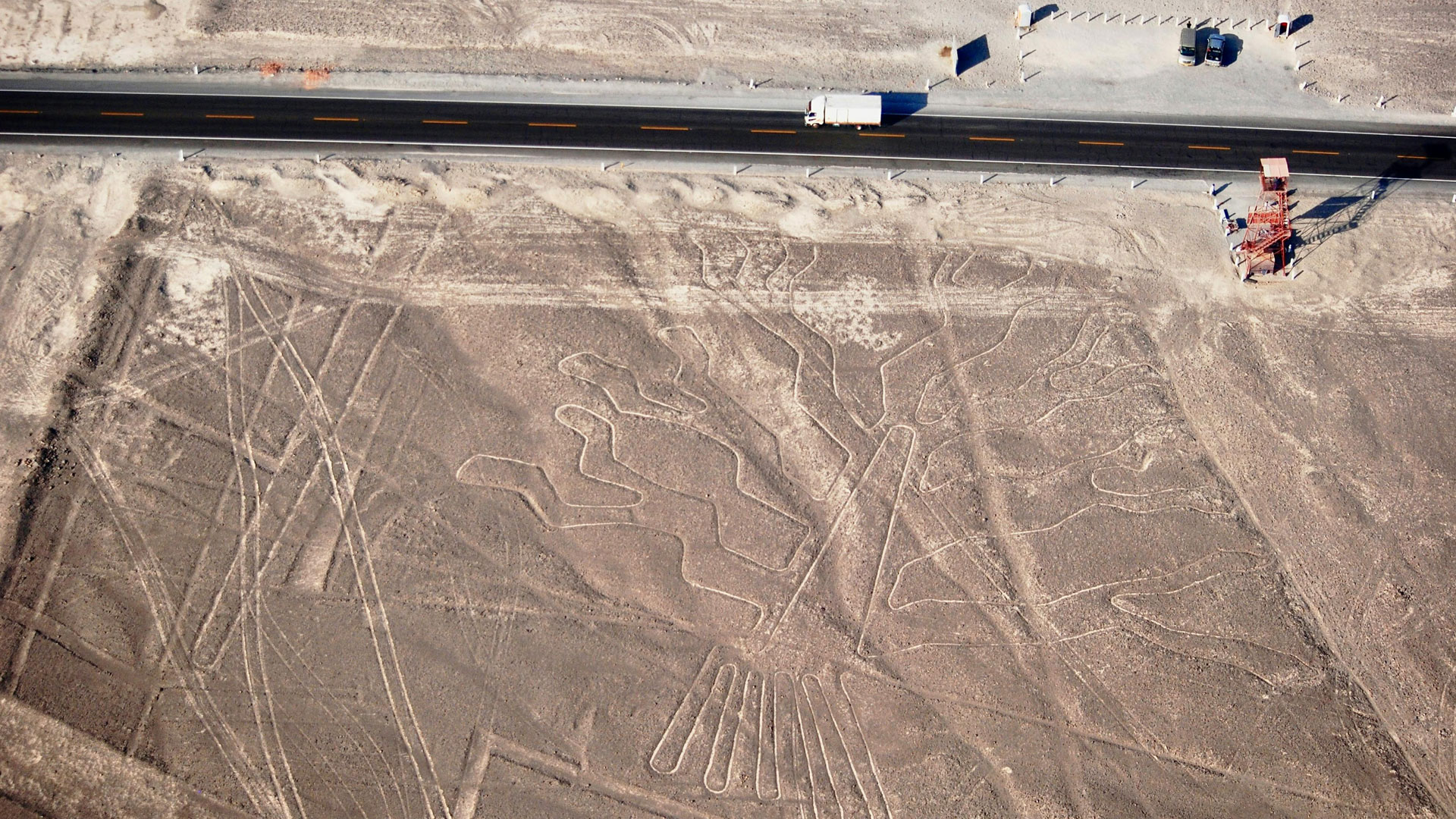
Conclusion
The Nazca Lines are a testament to human creativity, ingenuity, and perseverance. Their mysterious nature continues to inspire scientific investigation, artistic expression, and philosophical contemplation. As a cultural heritage site, the Nazca Lines belong to the world, and it is our collective responsibility to protect and preserve them. Will you join the effort to safeguard this ancient wonder for future generations?
Some final thoughts:
- The Nazca Lines are a testament to human creativity, ingenuity, and perseverance.
- Their mysterious nature continues to inspire scientific investigation, artistic expression, and philosophical contemplation.
- As a cultural heritage site, the Nazca Lines belong to the world, and it is our collective responsibility to protect and preserve them.
Thank you for joining me on this journey through the Nazca Lines!












